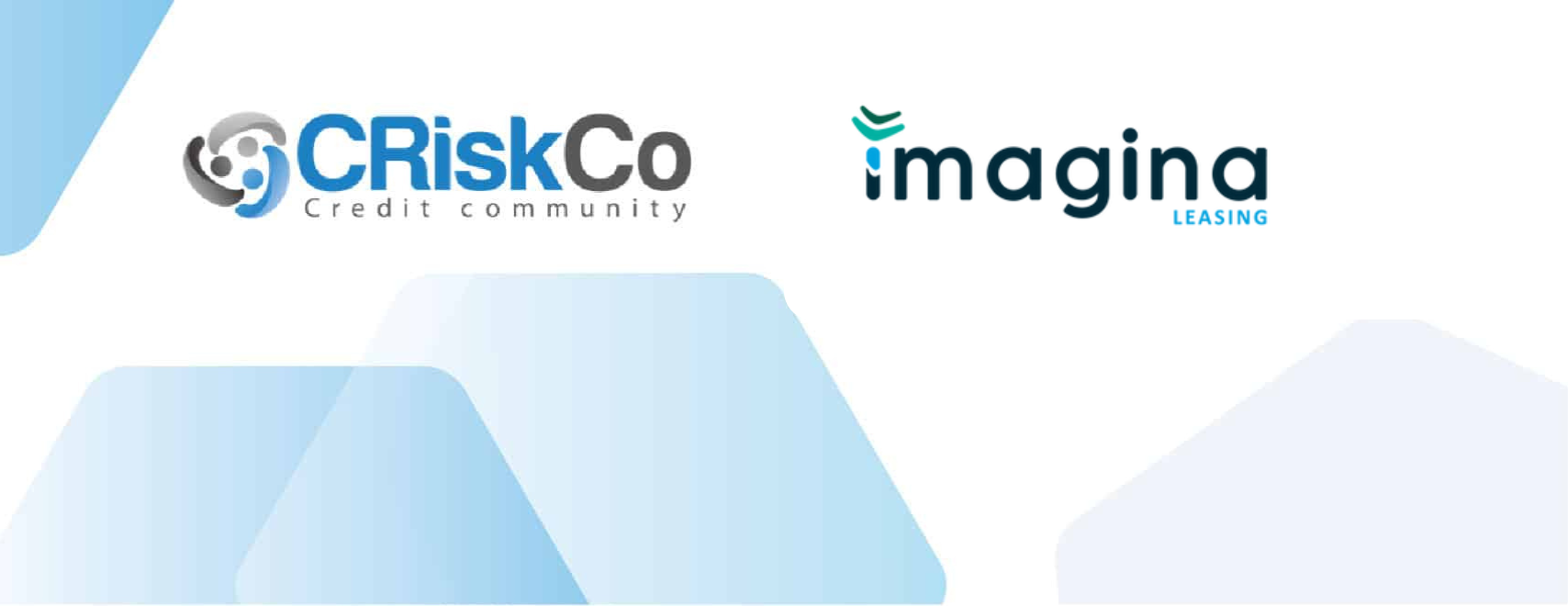- Blog
- Jul 10
The relationship between working capital and credit risk
Credit risk is the likelihood that consumers who obtain credit or financial products may be unable to fulfill their payment obligations on the predetermined dates. It may have an impact on liquidity, new investment opportunities, and income. Due to the aforementioned, it is crucial to consider all the specifics and financial data when evaluating credit, including all the factors that influence it, like working capital.
What is working capital and how is it calculated?
It is an indicator that presents the financial resources available to sustain the operations of a company in the short term. In other words, it is a metric of liquidity and operational efficiency, which can give you clarity about the financial health of the business and its ability to cover its financial obligations.
Working capital is mainly made up of debt, income from operations and capitalizations.
To calculate it objectively, you can apply the following formula:
(Accounts Receivable + Inventory) – Accounts Payable = Working Capital
What impact does this indicator have on credit risk evaluation?
Working capital, an indication that has a strong association with liquidity, is crucial for a company to maintain its operations throughout time and to be able to create profits.
When it is positive and managed efficiently, the company remains active and has a better chance of growing and paying its commitments and credit obligations. In addition, it reduces the risk of insolvency, which is the inability to cover economic obligations.
In other words, as long as your client has good working capital, he will be able to make money, which lowers his degree of credit risk and allows him to invest, expand, and make long-term profits. While negative numbers in this regard are an indication of financial difficulties.
However, you must keep in mind that the appropriate amount of the indicator differs from one company to another depending on its size and economic activity when performing the credit analysis. For instance, a high level of working capital may indicate that there is too much inventory on hand or that operating profit is highly volatile. Each applicant company’s credit investigation must be thorough and unique.
How can you determine credit risk using credit analysis?
The best way to thoroughly assess businesses that apply for loans is with CRiskCo. Consult in real time the financial and fiscal information of your clients and prospects, analyze it, and carry out a thorough evaluation of the credit risk using an integration to any leading accounting system with CRiskCo’s API, and the use of artificial intelligence in its processes to help you make the best choice and provide a secure credit.
The entire analysis through the API only takes a few minutes and contains multiple variables and indicators of credit risk, such as Payment Behavior Index (ICP), Credit History, Credit Limit, specific loan conditions, and Payment Capacity, that must be kept in mind to determine the amount of the credit to be considered.
Related Posts

Case Study: Imagina Leasing’s Improved Credit Decisions
Executive Summary Imagina Leasing, a leader in Mexico’s leasing industry, was on a mission to enhance the precision and security of its credit evaluations. Facing challenges in verifying financial documents and managing risks, they turned…
- Nov 14

Strengthen Risk Management with the New Financial Suppliers Tab
We’re thrilled to unveil an exciting update to our UI! Introducing the “Financial Suppliers” tab, now available on the company reports page and in the SAT information report. Know Your Competition and Past Financing Deals…
- Jul 29
Recent Posts
Subscribe
Join our newsletter and stay up to date!